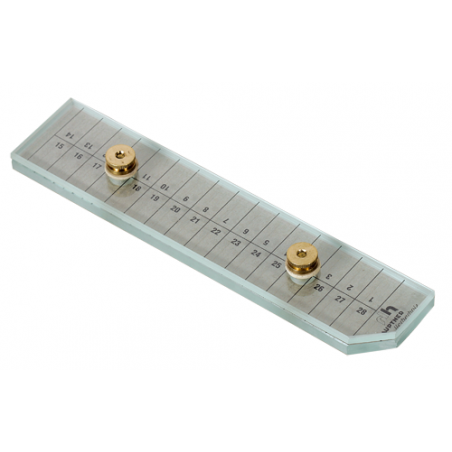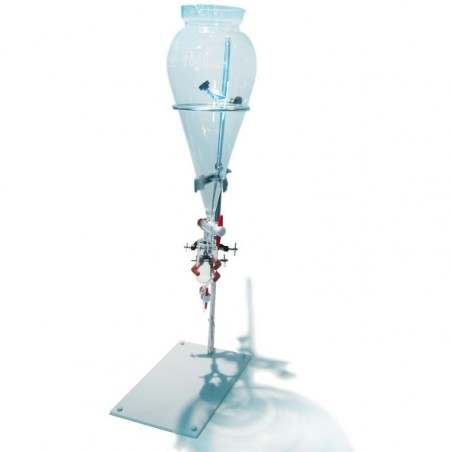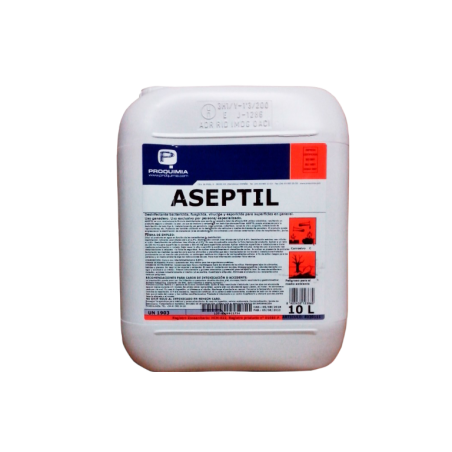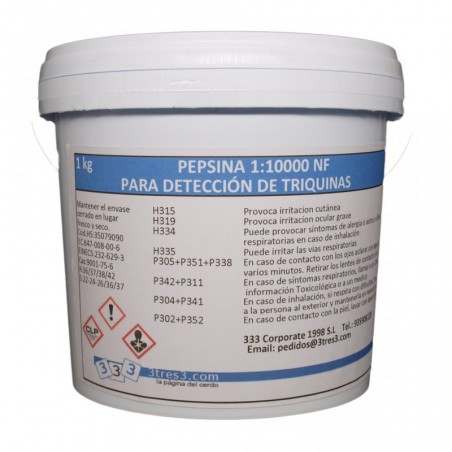Porcine reproductive and respiratory syndrome (PRRS) is currently the most detrimental disease in the U.S swine industry. Clinical signs of PRRS virus (PRRSv) infection in breeding herds include reproductive failure with abortions, stillbirths, premature farrowings and increased pre-weaning mortality. Serum from due-to-wean piglets is considered the most suitable specimen to monitor PRRSv infection and stability in breeding herds. However, processing fluids (PF - the serosanguinous exudate resultant of the collection of tails and testicles during processing) are a new specimen proposed to monitor piglets at processing (3–5 days of age) and udder wipes (UW) of lactating sows is yet another specimen to monitor infection status of suckling piglets indirectly. Here, we assessed which specimen type (e.g. sera, testicles, tails or UW) should be used to accurately establish the PRRSv status of a litter. Twenty-four litters were conveniently selected on a farm at 10 weeks post PRRSv outbreak. Blood samples, tails and testicles from every piglet in a litter, and an udder skin wipe from the sow were collected at processing (3–5 days). Individual litter testicles and tails as well as the udder wipe were placed each in a reclosable bag to prevent cross-contamination. Sensitivity (Se), specificity (Sp), negative predictive value (NPV), positive predictive value (PPV) and global agreement at the litter level were calculated using the sera results of the litter as the gold standard.
The optimum cycle threshold (Ct) value to classify a sample as negative was ≥35 for serum and ≥36 for the aggregated samples (testicles, tails, and UW) based on the ROC curve analysis. Using those thresholds, the fluid collected from the testicles showed the best overall performance (Se = 92 % [62–100]; Sp = 82 % [48–98], NPV = 90 % [55–100], PPV = 85 % [55–98], global agreement = 87 %) compared to tail fluid and UW. Sensitivity of the tail fluid was 62 % (32–86) and the UW was 23 % (5–54), both of which yielded a 100 % specificity and PPV.

This study provides information on the contribution of each of the tissues collected at processing on the detection of PRRSv, which becomes relevant in countries where castration and/or tail docking is banned.
Vilalta C, Sanhueza JM, Schwartz M, Kikuti M, Torremorell M, Corzo CA. Assessing the litter level agreement of RT-PCR results for porcine reproductive and respiratory syndrome virus in testicles, tails and udder wipes diagnostic samples relative to serum from piglets. Preventive Veterinary Medicine. 2021; 186: 105211. https://doi.org/10.1016/j.prevetmed.2020.105211










